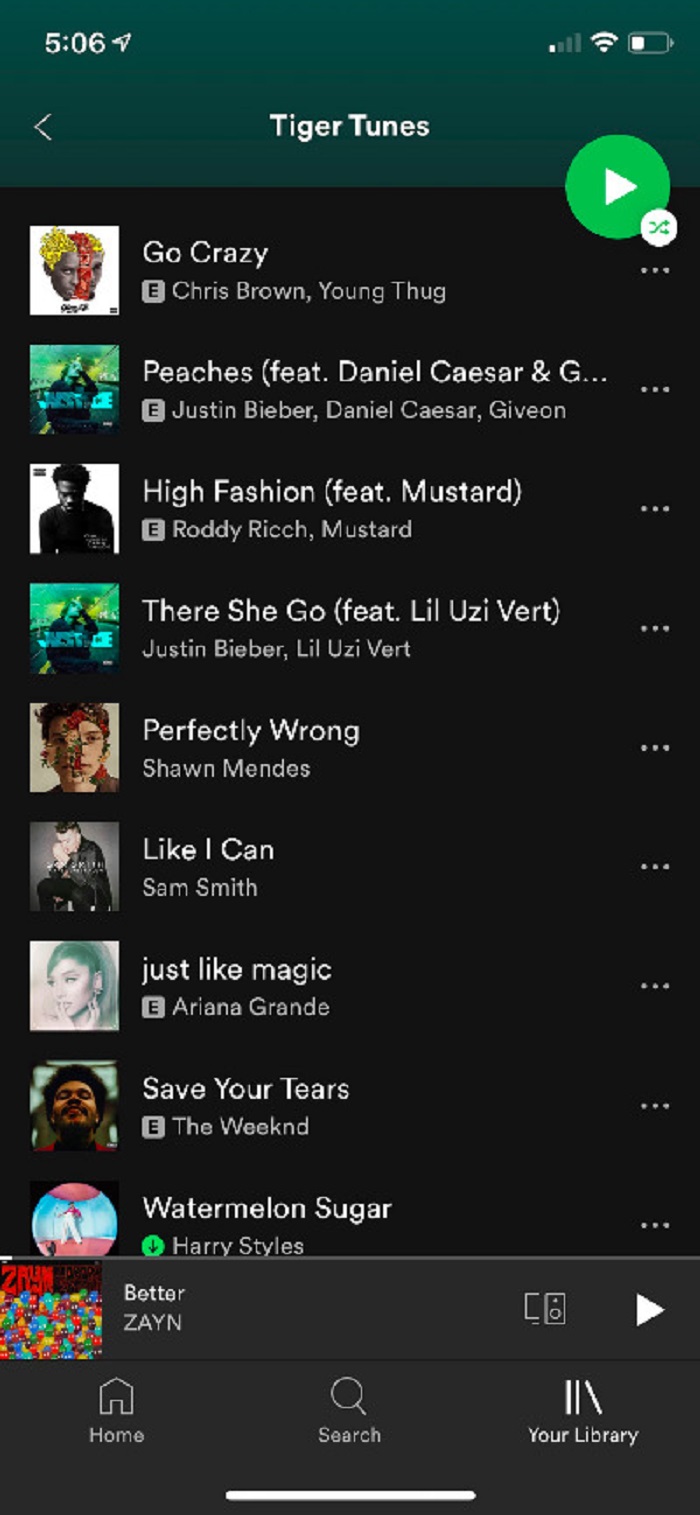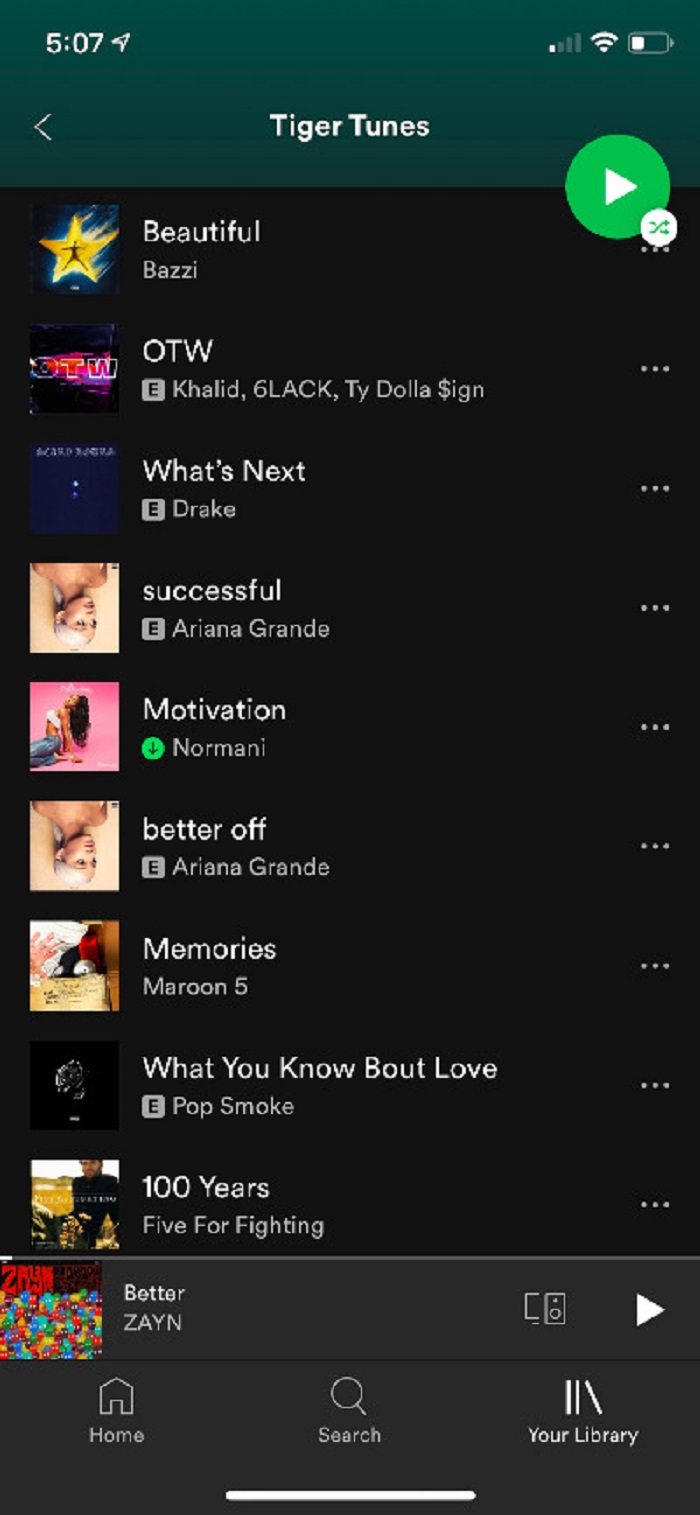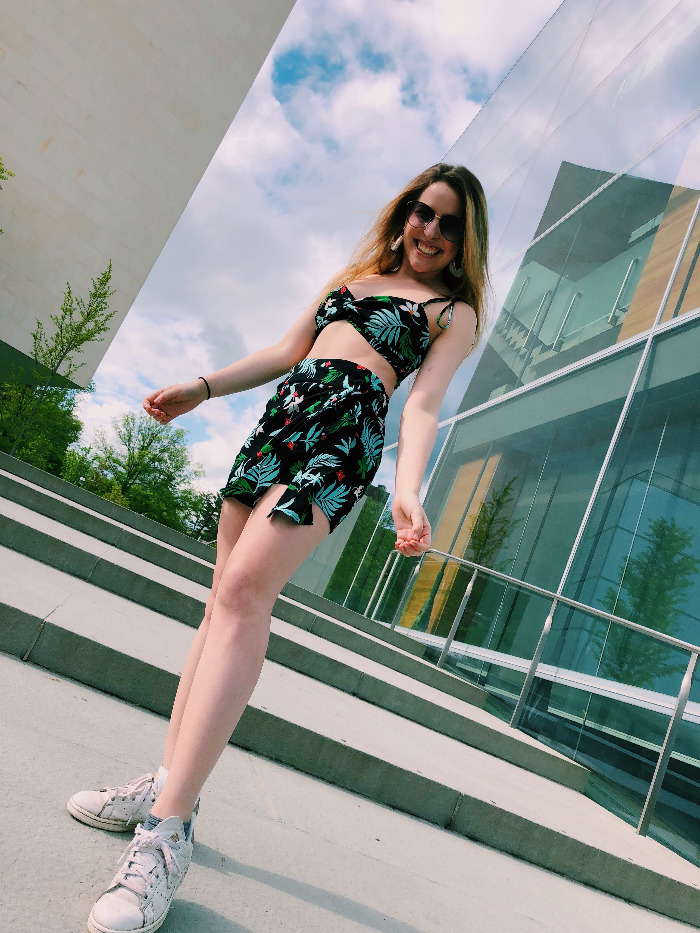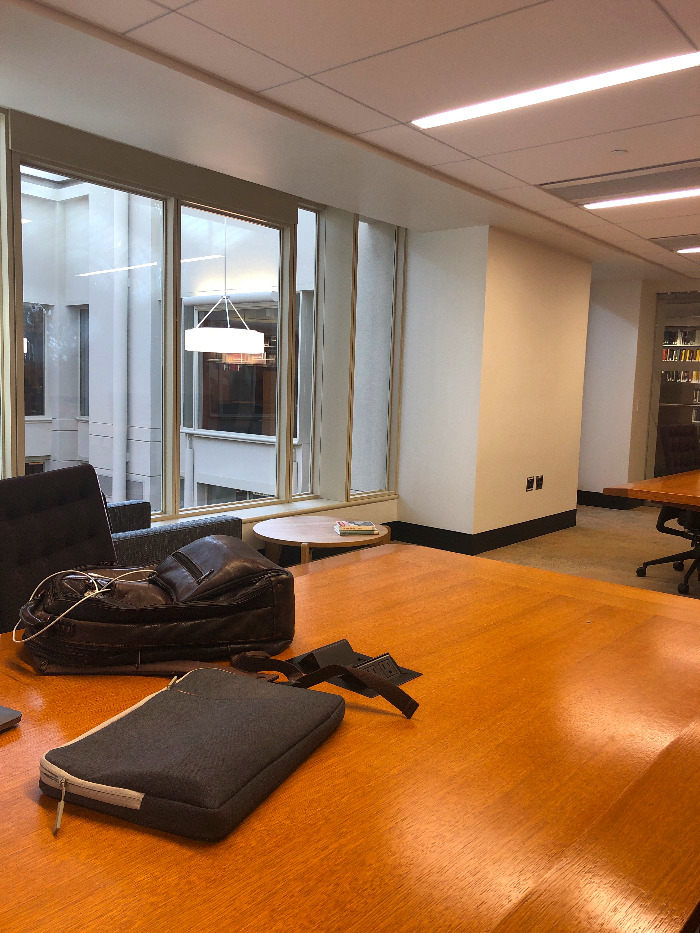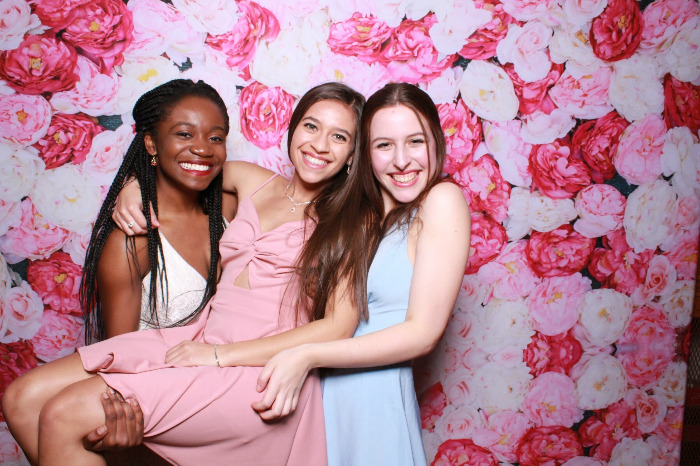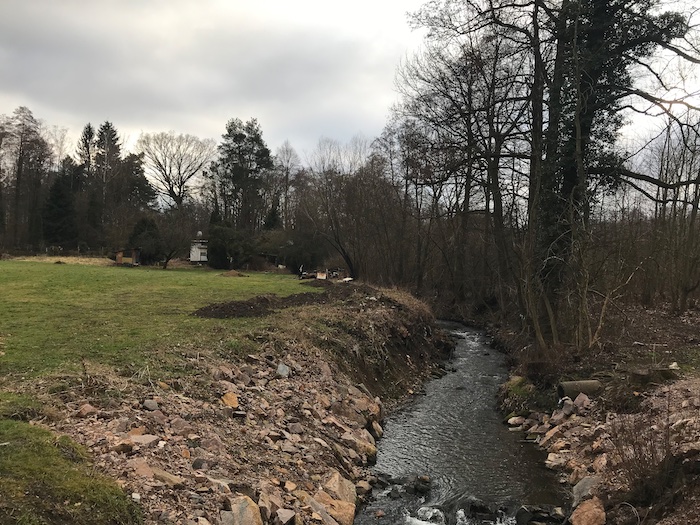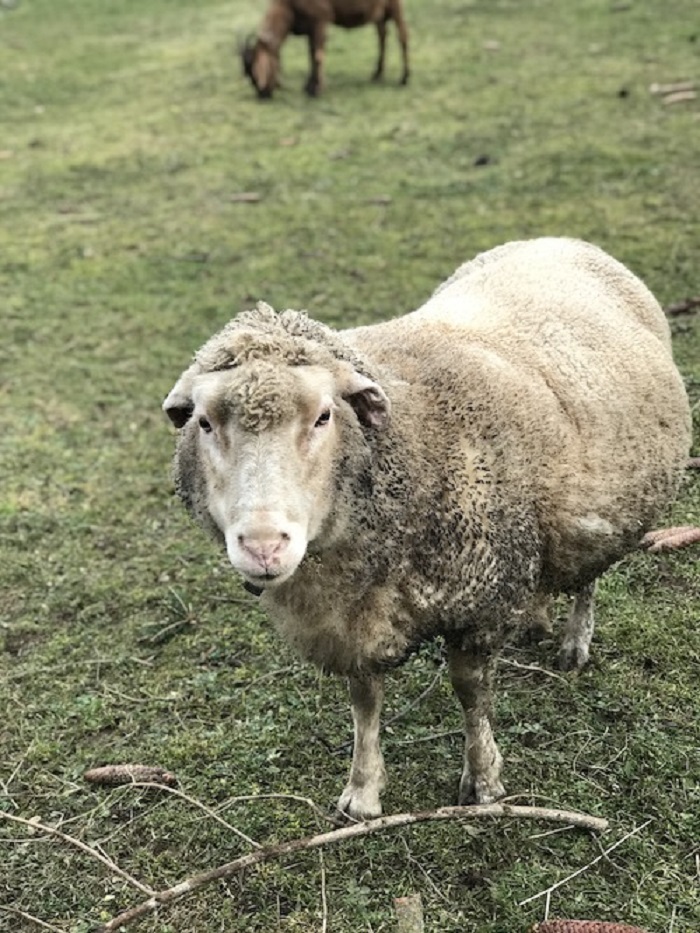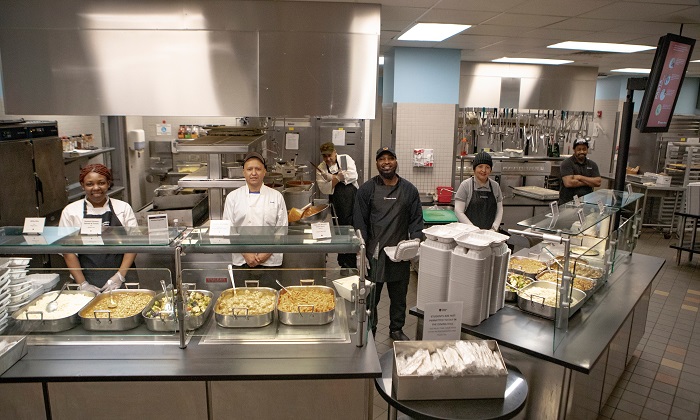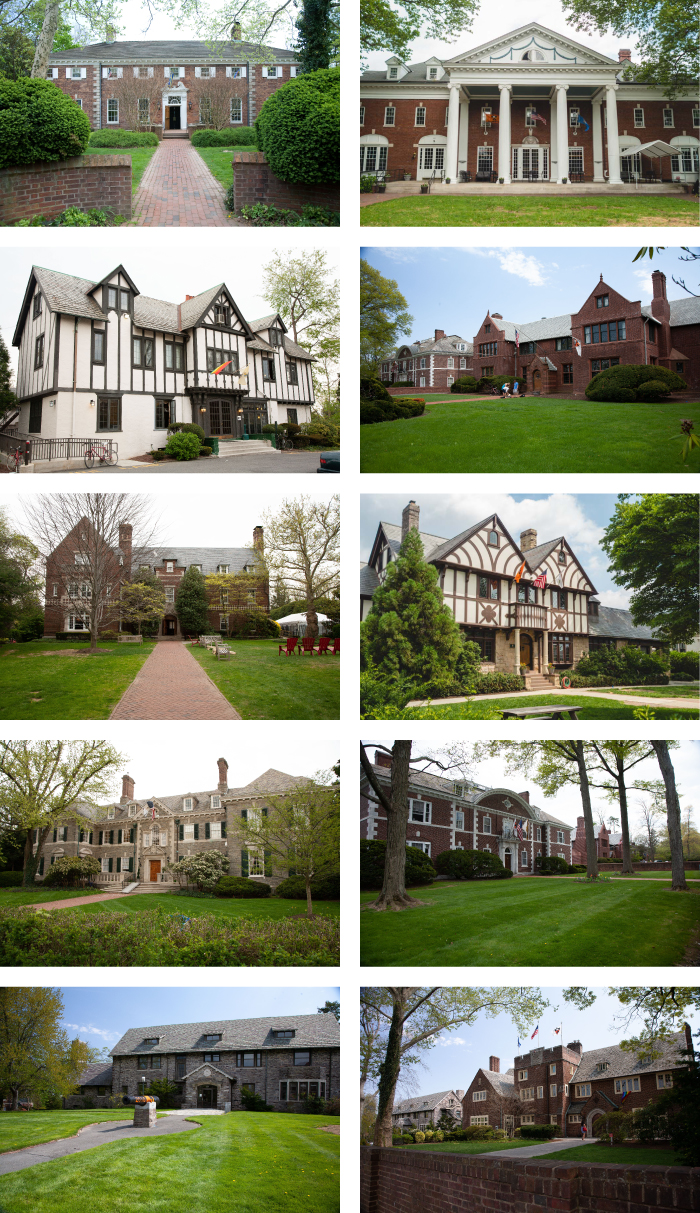One of the things I forgot about when spending much of the past year at home due to the pandemic was how much walking we do while at Princeton. We are so lucky that Princeton has a big, beautiful campus full of classrooms, labs, residential halls and libraries.
In a non-virtual semester (and even in a hybrid one like this spring) we often find ourselves doing a lot of walking, as we shuttle between classes, meals, Nassau Street and various extracurricular activities. With the exception of the occasional day when bad weather makes spending time outside unpleasant, I love these walks around campus. Regardless of how busy your schedule is, you should make time to walk from place to place. These walks serve as a useful small break in a beautiful setting and may include your peers, who are also busily walking from place to place.
Sometimes these walks are done with friends as you set out together to grab lunch at the dining hall or go to and from classes. It is always fun to hurriedly debrief your class or catch up on the latest news as you all make your way to your next commitment. Other times, you are on your own. I never fail to appreciate my surroundings, from the neo-Gothic architecture, to the soaring old trees, to the beautiful sculptures.
While it is nice to walk in silence just taking in the atmosphere around you, I usually enjoy listening to podcasts or music. During my time at Princeton, I have made it through many a podcast as I moved between buildings — podcasts ranging from news reports, compelling stories, and language learning. I also love listening to music while I walk, especially music to fit the mood, be it an inspiring pop song if I am preparing for a big study session or a more mellow love ballad if I am looking to de-stress or get ready for bed.
In college, we spend a lot of time sitting inside or keeping our minds hyper-focused on the work at hand. One of the small pleasures of my Princeton experience, a pleasure I missed until we were all able to return to campus this spring, is the simple beauty of a cross-campus walk.







